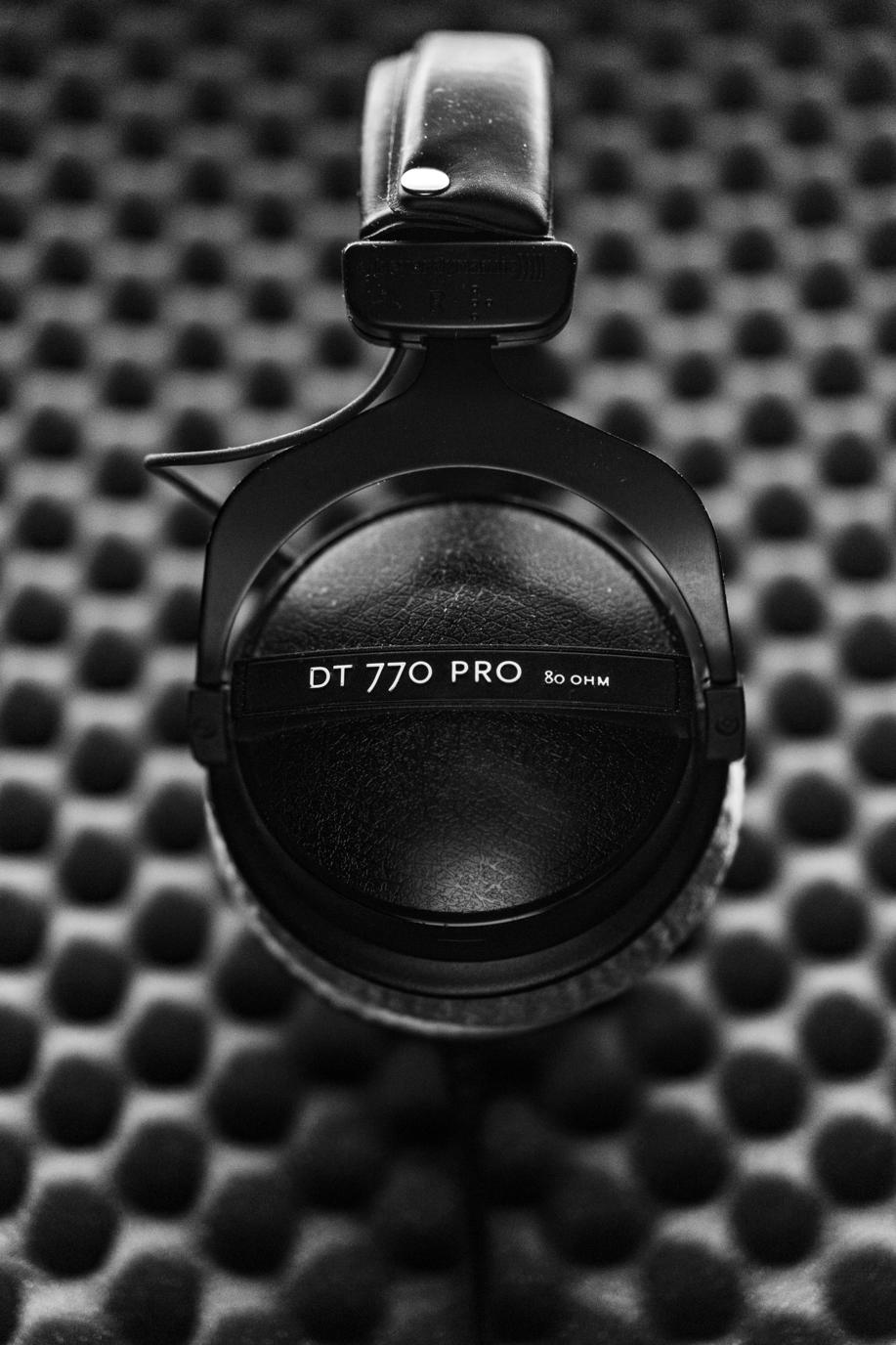Introduction
Understanding the term ‘ohms’ in the context of headphones can be a bit perplexing, especially if you’re new to the world of audio equipment. Ohms are crucial in determining how headphones function and their compatibility with various audio devices. This guide breaks down what ohms are and why they matter, shedding light on the crucial role they play in headphone design, sound quality, and your overall listening experience.

What Are Ohms?
Ohms, represented by the symbol Ω, are the standard unit of electrical resistance in a circuit. Named after Georg Simon Ohm, a German physicist, this unit measures how much a device, such as a headphone driver, resists the flow of electrical current. In essence, ohms quantify the impedance of headphones, which influences both the sound quality and the type of audio device needed to drive the headphones effectively.
The concept may sound technical, but it boils down to understanding how easy or difficult it is for an electrical signal to pass through the headphones. Lower ohms mean less resistance, allowing more current to flow through, making the headphones easier to drive. Higher ohms signify more resistance, requiring more power from the audio source to deliver optimal sound levels.
The Role of Ohms in Headphone Design
Ohms are integral to headphone design. Manufacturers carefully select components to achieve the desired impedance, balancing between audio quality and power requirements. This design decision impacts the headphone’s compatibility with different devices, from smartphones to high-end amplifiers.
In the design phase, engineers strive for the right balance. Too low a resistance can lead to uncontrolled currents, potentially distorting audio. Too high, and the headphones might require an external amplifier to function optimally. Thus, ohms determine how well your headphones will work with your chosen audio sources, ensuring you get the best possible listening experience.

Ohm Ratings in Headphones
Headphones come with various ohm ratings, typically ranging from 16Ω to 600Ω. Most consumer headphones, designed for everyday use with devices like smartphones and laptops, have lower ohm ratings, usually between 16Ω and 32Ω. These ratings imply they need less power to function effectively.
Professional or studio headphones often feature higher ohm ratings, spanning from 80Ω to 600Ω. These models usually require more power and are often used with dedicated amplifiers and high-quality audio equipment to achieve superior sound fidelity.
High vs Low Ohm Headphones
Choosing between high and low ohm headphones depends on your specific needs and the audio devices you use.
High Ohm Headphones:
1. Sound Quality: Often produce more accurate and detailed sound, making them ideal for professional use.
2. Power Requirements: Generally need an amplifier or a high-output audio device.
3. Durability: Typically designed with professional use in mind, they may offer better construction and longevity.
Low Ohm Headphones:
1. Convenience: Can be used with most consumer-grade audio devices, like smartphones and laptops, without needing additional equipment.
2. Portability: Ideal for on-the-go use.
3. Availability: Widely available and tend to be less expensive compared to high-ohm counterparts.
How Ohms Affect Sound Quality
The impedance of your headphones directly affects sound quality. Low ohm headphones can draw more current from your device, often leading to louder sound levels. However, this may sometimes result in less controlled bass and potential distortion, especially at high volumes.
High ohm headphones, on the other hand, tend to handle power more efficiently. They often produce a more balanced, nuanced sound without the risk of distortion, provided they are driven by a suitable source. This results in richer bass, clearer mids, and crisper highs, offering a superior audio experience.

Matching Headphones with Audio Devices
Matching your headphones to the right audio device ensures optimal performance. Here are some general guidelines:
- Smartphones and Laptops: Best paired with low ohm headphones (16Ω to 32Ω). These devices don’t have powerful built-in amplifiers.
- Portable DAC/Amplifiers: Can drive headphones with moderate impedance (32Ω to 100Ω), enhancing sound quality and volume.
- High-End Audio Equipment: Includes dedicated amplifiers and professional audio interfaces suitable for high ohm headphones (100Ω and above), ensuring they receive adequate power.
Choosing the right combination ensures you experience the full potential of your headphones, with clear, undistorted sound.
Choosing the Right Ohm Rating for Your Needs
Selecting the correct ohm rating for your headphones depends on your usage context. If you’re a casual listener who primarily uses a smartphone or laptop, low ohm headphones (16Ω to 32Ω) are sufficient. They are compatible with most consumer electronics and provide adequate sound quality.
For audiophiles or professionals working in audio production, high ohm headphones (80Ω and above) are preferred. While they require more powerful audio sources, they offer superior sound fidelity, making them worth the investment.
Conclusion
Understanding what ohms in headphones mean is key to making an informed purchase. The ohm rating affects not only sound quality but also compatibility with various audio devices. By knowing your specific needs and the types of audio sources you’ll be using, you can choose the right headphones for an optimal listening experience. Whether you opt for high or low ohm headphones, balancing power requirements and sound quality will lead you to the ideal choice.
Frequently Asked Questions
What is the best ohm rating for headphones?
The best ohm rating depends on your use case. For general use with smartphones and laptops, 16Ω to 32Ω is ideal. For professional audio work, consider headphones with 80Ω or higher.
Do higher ohms mean better sound quality?
Not necessarily. Higher ohms can lead to better sound fidelity when used with proper amplification, but it’s crucial to balance with the right audio equipment.
Do I need an amplifier for high-ohm headphones?
Yes, high-ohm headphones (80Ω and above) generally require an amplifier or a high-output audio device to function optimally and deliver excellent sound quality.
